If the entrance to your home is a shady spot in your yard, then you already know the challenge of finding just the right flowering plants to liven up a shady area. Although ferns are elegant plants that thrive in the shade, adding a splash of color can bring a shady area to life. With a little care and planning, even areas in complete shade can be bright and inviting.
9 Shade Loving Plants to Dazzle the Eye
![A fern is perfert for growing in the shade]() Ferns
Ferns
Think of your shade garden as a canvas. Before you begin adding interesting details, you will need a background. Ferns provide a delicate lacy green background from early spring to the last fall frost. There is a variety to choose from in any seed catalog. If you live in a rural area, they are free for the taking.
I transplanted all of my ferns from native ferns growing in shady areas on my property. A walk through the woods will provide you with more than you can use. These are best transplanted early in the spring, but you must dig deep to get the entire root of the fern. Simply dig the clump of ferns and replant in suitable soil. Ferns need a moist soil to perform well, so be sure to provide them with adequate water. Leave plenty of room between your specimens to allow for growth. You want to show off individual plants, not create a wall of ferns.
![impatiens come in a variety of colors and love the shade]() Impatiens
Impatiens
Impatiens come in a variety of colors from white to bright red. These shade-loving plants are easy to grow and require little care, other than adequate watering. Their delicate flowers will brighten any shady area and their compact growth makes them a great choice to grow under ferns.
![Grow petunias in the shade to add color to your shade garden]() Petunias
Petunias
In recent years, Petunias have earned their fame by being displayed in hanging baskets where their vines are allowed to cascade down the sides. Did you know that petunias are a spectacular choice for a shade garden, too? These plants will send out trailing vines that will cover a shady area in no time. Their profuse blooms will brighten up any corner of the yard and they too come in a variety of colors from cool blues to vibrant fuchsia.
![A flowering varigated hosta adds depth to your landscape]() Hostas
Hostas
These shade-loving plants produce large heart shaped leaves and come in a variety of colors from green, blue-green, golden and variegated white. Variegated varieties add a splash of white that simply shine in a shade garden. The big bold leaves of the Hosta are sure to capture the eye of any visitor.
![an astilbe is great for shade growing]() Astilbe
Astilbe
This shade loving plant’s fine feathery texture is sure to delight the eye. Colors available range from white to pink and salmon. These delicate blooms give the impression of clouds of color floating in the garden.
![many plant options available for shade gardens]() Hardy Cyclamen
Hardy Cyclamen
Cyclamen has heart shaped green and white leaves that will last all winter in southern climates, but must be replanted in Northern areas. These plants send up 4-inch spikes that hold up to 50 blooms when plants are mature. The flowers have always reminded me of flocks of butterflies as they perch above the plant on short spikes. They also come in a variety of colors and bloom from late summer into the fall.
![daisies can grow in shade]() Shasta Daisies
Shasta Daisies
Although gardening books and sites do not list Shasta Daisies as a shade loving plant, I have had success with growing them on the Northern side of my home where they get sun late in the afternoon during the summer. These striking beauties are sure to capture attention when planted near an entrance.
![forget me nots add a light tough to a perennial garden]() Forget-Me-Nots
Forget-Me-Nots
These delicate blue flowers are the perfect addition to you shade garden, although they do not bloom for extended periods, these airy little flowers will bloom before your ferns have reached full growth in the spring. They are a welcome transition from early bulbs to later summer flowers. Left to their own devices, Forget-Me-Nots will self seed and spread each year. They are also available in white and pink.
![a begonia can be grown anywhere]() Begonias
Begonias
Begonias make a striking display and range in color from white to shades of red, pink, yellow, and coral. Their waxy leaves are a nice contrast with the feathery texture of ferns and airy astilbes. These shade-loving plants make a bold splash of color.
I have always envied those who have bright colorful entrances adorned with a wide variety of flowering plants. My home faces north and the beds directly in front of my home don’t receive any direct sunlight until late in the afternoon. I thought I was doomed to a bed of ferns forever, until I learned to intermix shade-loving plants with my ferns. By adding these shade-loving plants to my bed, my shady garden spot pops with color and style that catches and holds the eye.
The post How to Grow a Shade Garden with Color and Style appeared first on All around the house.
from All around the house http://allaroundthe.house/grow-shade-garden-color-style/
via IFTTT
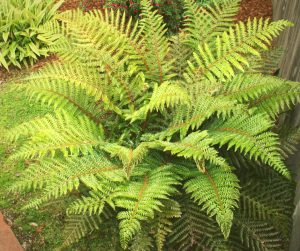 Ferns
Ferns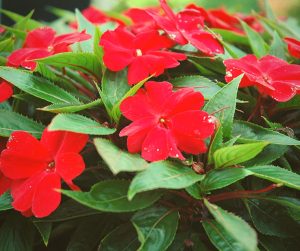 Impatiens
Impatiens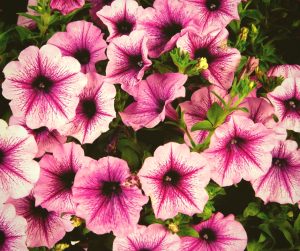 Petunias
Petunias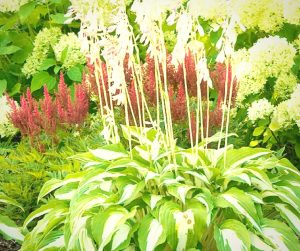 Hostas
Hostas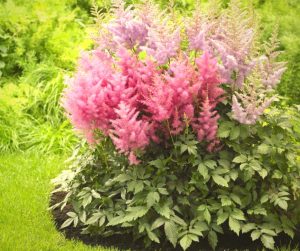 Astilbe
Astilbe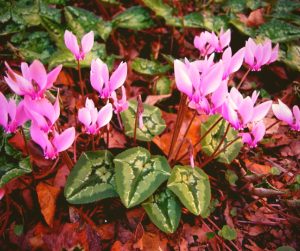 Hardy Cyclamen
Hardy Cyclamen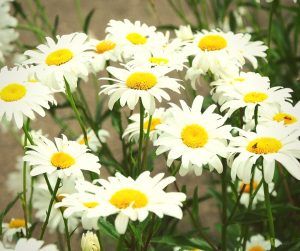 Shasta Daisies
Shasta Daisies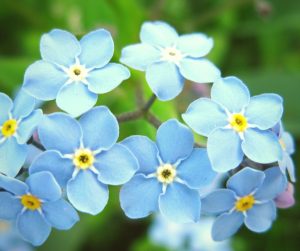 Forget-Me-Nots
Forget-Me-Nots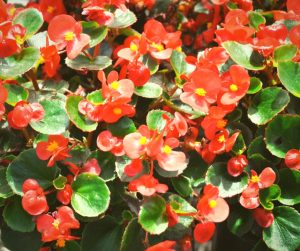 Begonias
Begonias
Comments
Post a Comment